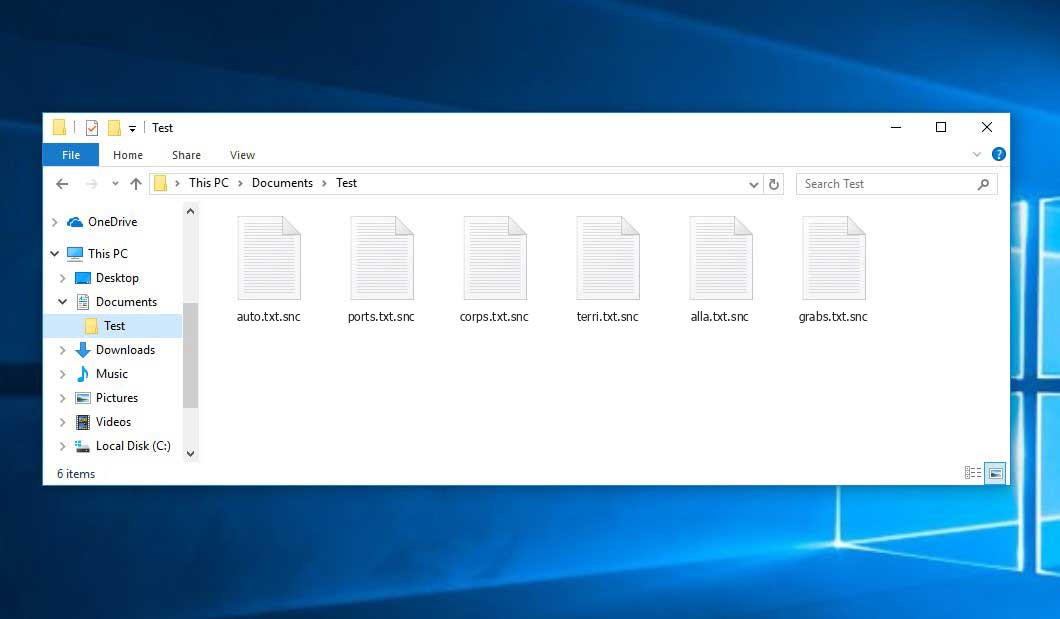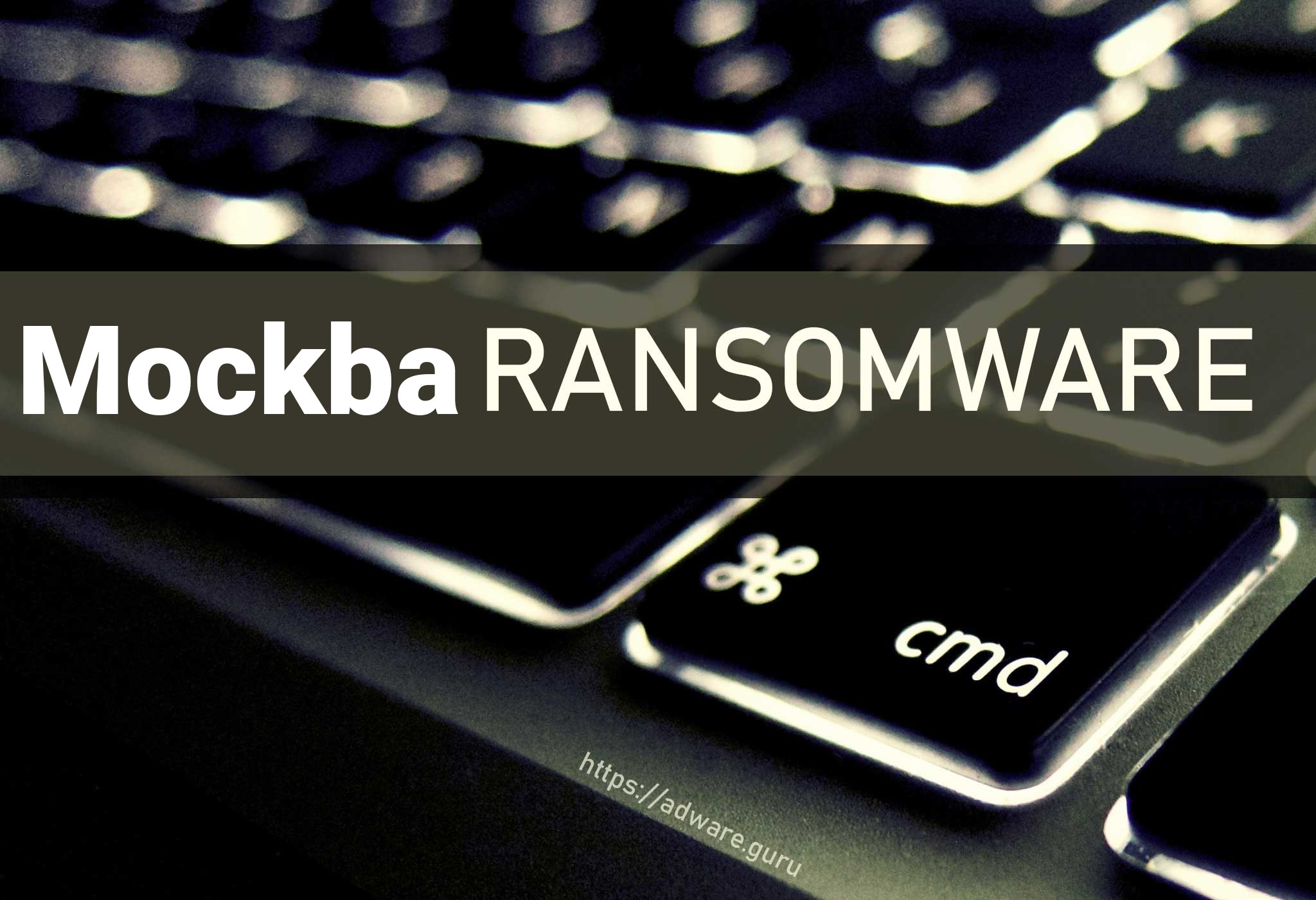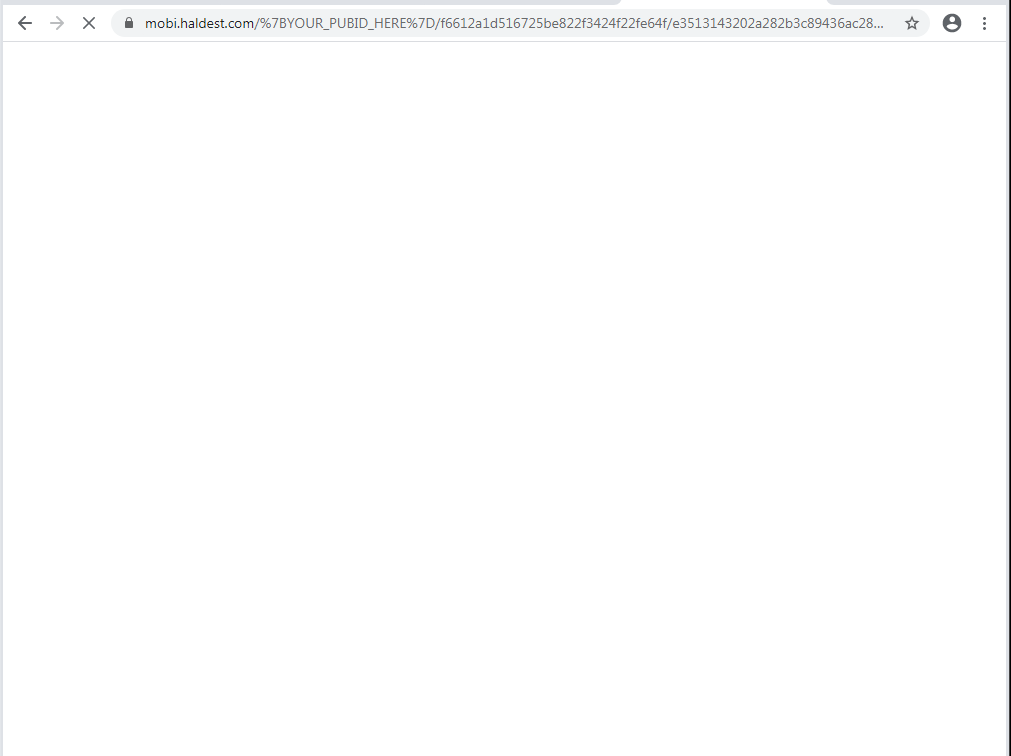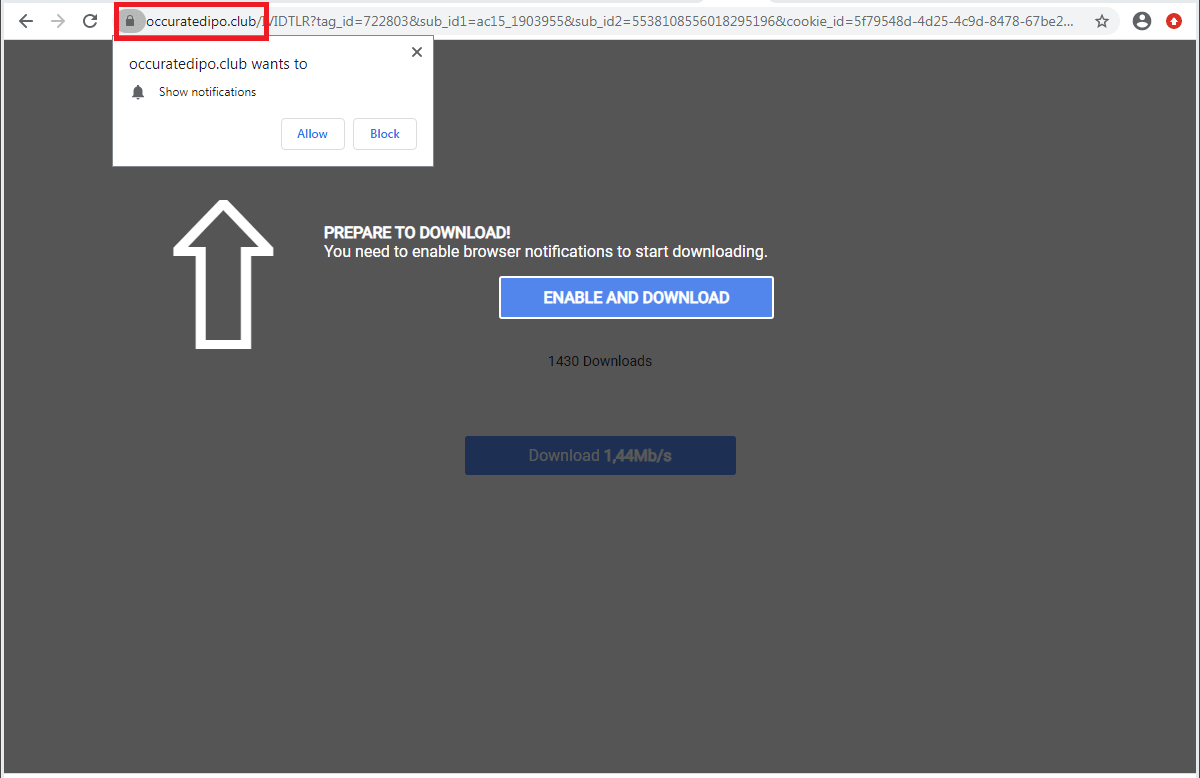Remove snc Virus (+Decrypt .snc files) – WannaCryFake Ransomware
snc Virus – Details
The snc stands for a ransomware-type infection. The virus comes from the WannaCryFake ransomware family. snc was elaborated particularly to encrypt all major file types. When the file is encrypted people are unable to use them. snc adds the “.snc” extension for each file encrypted by it. For example, the file “myphoto.jpg“, when encrypted by snc, will be renamed into “myphoto.jpg.snc“. As soon as the encryption is completed, snc places a special text file into every folder containing the encrypted data.The message given by snc text file asking for the ransom is definitely the like the statements given by other ransomware virus representatives belonging to the WannaCryFake family. It actually points out that the information is encrypted and that the only way to bring back it is to use a an unique decryption key. Regretfully, this is definitely true. The kind of cryptography mechanism applied by snc is still not properly examined. Still, it is definitely particular that each victim might be given the specific decryption key, which is absolutely distinct. It is impossible to bring back the files without the key available.
Another trick of snc is that the victims cannot gain access to the key. The key is saved on a particular server run by the frauds associated with snc ransomware. To get the key and recover the important information people need to pay the ransom.
snc encrypted your documents, but that might not be the only damage done to you. The ransomware might still be hidingon your computer. To identify whether this holds true, we suggest downloading GridinSoft Anti-Malware.
Download GridinSoft Anti-Malware
GridinSoft Anti-Malware Review, How to get free trial?, EULA, and Privacy Policy.
Nonetheless, irrespective of the asked for quantity, people should stay away from paying the ransom virus. Cyber frauds are not fair, so they tend to totally ignore what their victims feel about the issue, even when the payment reaches their pockets. This is why paying the ransom usually does not provide any positive result and people simply lose their money for absolutely nothing.
We strongly recommend that you do not contact these crooks and absolutely do not transfer money into their accounts. It is said to admit that there are no utilities able to crack snc ransomware and to recover the data data for free. Thus, the only best decision is to recover the lost data from the available backup.
Virus Summary
| Name | snc Ransomware |
| File Extension | .snc |
| Type | Ransomware |
| Family | WannaCryFake |
| Short Description | The ransomware encrypts all the data stored on your system and requires a ransom to be paid on your part supposedly to recover your important files. |
| Symptoms | File encryption by the ransomware is performed by means of the AES and RSA encryption algorithms. Once the encryption is completed, the ransomware adds its special snc extension to all the files modified by it. |
| Distribution Method | Spam Emails, Email Attachments |
| Removal Tool | GridinSoft Anti-Malware |
Keep in mind that the web is now overwhelmed with threats that look similar to snc ransomware. Harmful programs of such kind are normally elaborated to encrypt crucial data and to set forth the need before the user to pay the ransom. The peculiarity of all such ransomware threats is that all apply a similar algorithm to create the unique decryption key for information decryption.
Thus, as long as the ransomware is still being developed or has some hidden bugs, manually recovering the information is just not feasible. The only way to avoid the loss of your important data is to routinely create backups of your important information.
Keep in mind that even if you create such backups, they need to be placed into a special storage utility not connect to your main computer. You may use the USB Memory Stick or external disk drive for this purpose, or refer to the help of the cloud storage. If you store your backup files on your common system they may be encrypted together with other files, so it’s absolutely not a good storage place.
How did ransomware infect my computer?
There are a number of methods used by online scams to distribute snc ransomware. Although it is uncertain how exactly snc injects your PC, there are some leaks through which it may infiltrate the system:
- integration with third-party software, especially freeware;
- spam emails from unidentified senders;
- sites rendering free hosting services;
- pirated peer-to-peer (P2P) downloads.
Often snc virus might be presented as some legitimate software, for example, in the pop-ups instructing users to carry out some crucial software application updates. This is the typical technique used by online scams to persuade people into downloading and installing snc infection manually, by methods of their direct participation in the installation process.
Furthermore, the criminals might refer to numerous email spam techniques to inject destructive codes into systems. So, they may refer to to sending unsolicited spam e-mails with tricky notifications promoting users to download the attachments or click on certain download links, for example, the ones encouraging users to open some photos, documents, tax reports or invoices.
Needless to mention, opening such documents or clicking on such dangerous links may significantly damage the PC. Fictitious Adobe Flash Player upgrade alerts may result in snc ransom injection. As for the cracked applications, these illegally downloaded programs may also contain malicious codes leading to snc secret installation. Finally, injection of snc may take place by ways of Trojans that secretly get injected into the system and set up destructive tools without the user’s consent.
Is there any method to avoid the injection of snc ransom virus?
Even though there is no 100% guarantee to avoid your PC from getting infected, there are some pieces of advice we wish to share with with you. Firstly, be really cautious when you browse the web and particularly while downloading totally free apps. Keep away from opening suspicious email attachments, especially when the sender of the email is not familiar to you.
Remember that some freeware installers may contain other unwanted utilities in the bundle, so they may be harmful. Ensure that your current antivirus and your entire OS is always appropriately updated.
Obviously, downloading pirated software is unlawful and may lead to important damage to be produced your system. Thus, stay away from downloading cracked software. You are likewise strongly recommended to reconsider your existing security software and perhaps change to another security solution that can render better services of defending your computer.
Below please find the quotation from the snc text file:
All your files have been encrypted! All your files have been encrypted due to a security problem with your PC. If you want to restore them, write us to the e-mail recoverydata54@protonmail.com also You can use telegram ID:@data54 You have to pay for decryption in Bitcoins. The price depends on how fast you write to us. After payment we will send you the tool that will decrypt all your files. Free decryption as guarantee Before paying you can send us up to 5 files for free decryption. The total size of files must be less than 4Mb (non archived), and files should not contain valuable information. (databases,backups, large excel sheets, etc.) How to obtain Bitcoins The easiest way to buy bitcoins is LocalBitcoins site. You have to register, click 'Buy bitcoins', and select the seller by payment method and price. hxxps://localbitcoins.com/buy_bitcoins Also you can find other places to buy Bitcoins and beginners guide here: hxxp://www.coindesk.com/information/how-can-i-buy-bitcoins/ Jabber client installation instructions: Download the jabber (Pidgin) client from hxxps://pidgin.im/download/windows/ After installation, the Pidgin client will prompt you to create a new account. Click "Add" In the "Protocol" field, select XMPP In "Username" - come up with any name In the field "domain" - enter any jabber-server, there are a lot of them, for example - exploit.im Create a password At the bottom, put a tick "Create account" Click add If you selected "domain" - exploit.im, then a new window should appear in which you will need to re-enter your data: User password You will need to follow the link to the captcha (there you will see the characters that you need to enter in the field below) If you don't understand our Pidgin client installation instructions, you can find many installation tutorials on youtube - hxxps://www.youtube.com/results?search_query=pidgin+jabber+install Attention! Do not rename encrypted files. Do not try to decrypt your data using third party software, it may cause permanent data loss. Decryption of your files with the help of third parties may cause increased price (they add their fee to our) or you can become a victim of a scam. Detailed usage guide
Screenshot of files with “.snc” extension added by the ransomware:

Use GridinSoft Anti-Malware to remove snc ransomware from your computer
1.Download GridinSoft Anti-Malware.
You can download GridinSoft Anti-Malware by clicking the button below:
2. Double-click on the setup file.
When setup file has finished downloading, double-click on the setup-antimalware-ag.exe file to install GridinSoft Anti-Malware on your computer.

An User Account Control asking you about to allow GridinSoft Anti-Malware to make changes to your device. So, you should click “Yes” to continue with the installation.

3. Press Install button for run GridinSoft Anti-Malware.
3.Once installed, GridinSoft Anti-Malware will automatically run.
4. Wait for the GridinSoft Anti-Malware scan to complete.
GridinSoft Anti-Malware will automatically start scanning your computer for Win Speedup 2018 and other malicious programs. This process can take a 20-30 minutes, so we suggest you periodically check on the status of the scan process.

5. Click on “Clean Now”.
When the scan has completed, you will see the list of infections that GridinSoft Anti-Malware has detected. To remove them click on the “Clean Now” button in right corner.









One Comment